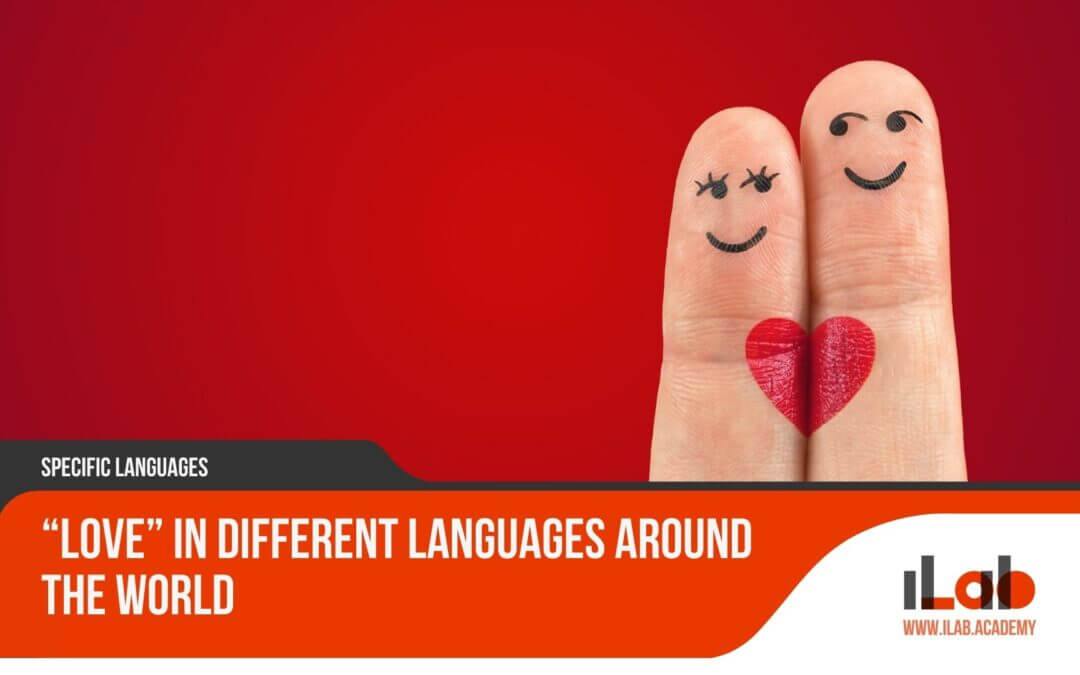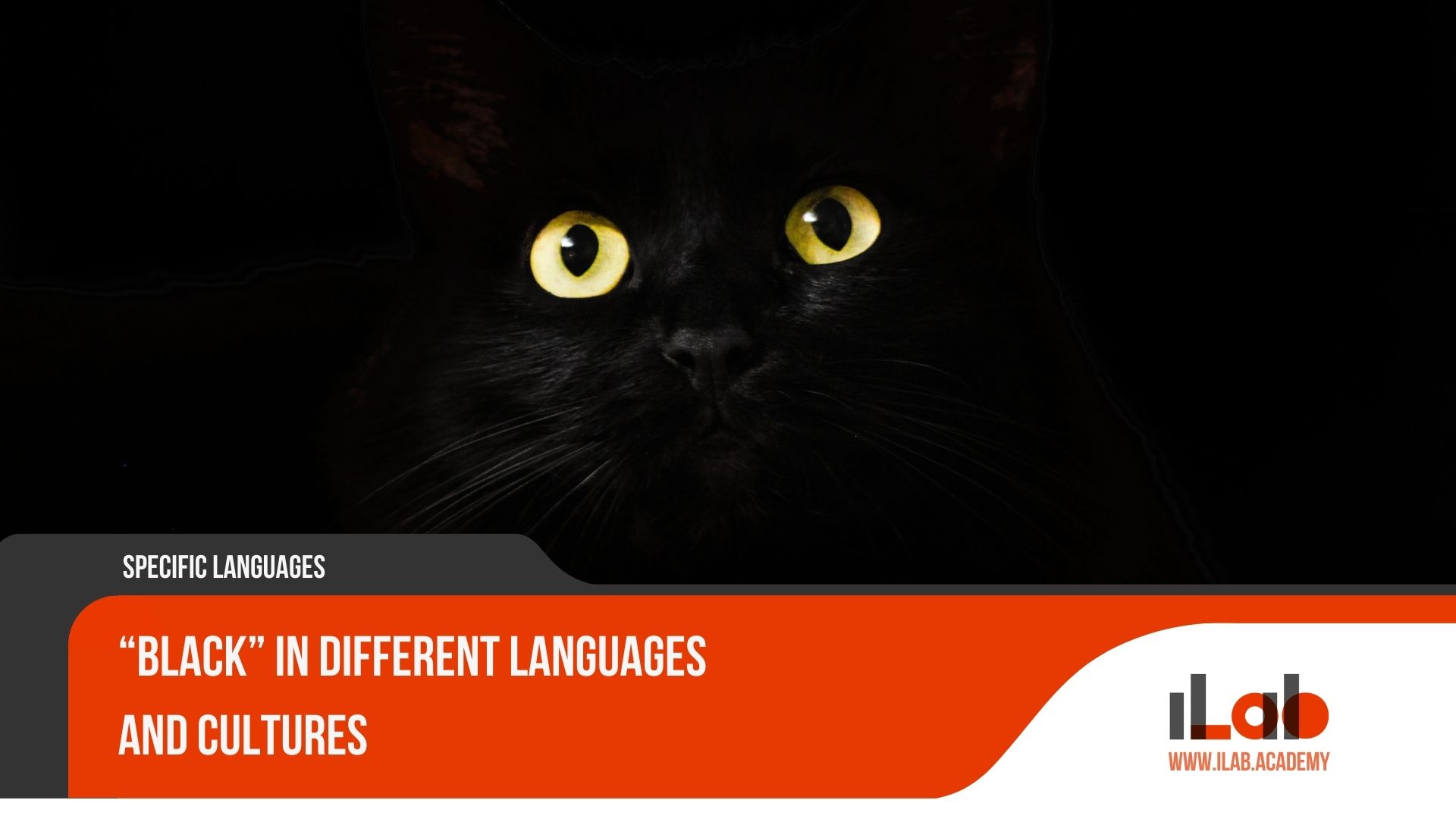Table of contents
In the realm of Dungeons & Dragons, the tapestry of communication is woven with threads more complex than the mere exchange of words in the Common tongue. As adventurers traverse the diverse landscapes and encounter multifarious cultures, the languages they speak, understand, and utilize in their quests can be as varied and rich as the worlds they inhabit. From brokering peace with elven diplomats using their mellifluous native tongue to deciphering ancient runes in the depths of a long-forgotten crypt, linguistic aptitude can determine the success or failure of a campaign. As we embark on an examination of the linguistic ecosystem within DnD, we uncover not only the functional importance of languages within the game mechanics but also their profound impact on role-playing and the shaping of narratives. The questions that arise are numerous: How does a player’s choice of language proficiency influence their interactions with the game world? What are the implications of linguistic barriers on party dynamics and problem-solving? And, what resources can Dungeon Masters employ to authentically integrate this dimension into their storytelling? While these inquiries begin to scratch the surface, they beckon us to contemplate the nuanced layers of linguistic strategy and expression that await beneath.
Key Takeaways
- Languages in Dungeons & Dragons (DnD) play a significant role in creating a rich and immersive world for players.
- Common is the standard language used for most communication in the game, but there are also exotic and racial languages tied to specific races in DnD.
- Secret languages, such as Thieves’ Cant and Druidic, can be used for subterfuge and communication among specific player classes.
- Arcane languages add an element of mystery and power to the realm of magic in DnD.
The Role of Language in Dungeons & Dragons
In the multifaceted universe of Dungeons & Dragons, language not only serves as a means of communication but also profoundly enriches the gameplay by fostering a deeper sense of immersion in its fantastical world. The inclusion of diverse tongues goes beyond mere flavor text; it embeds cultural and historical layers into the game, allowing players to experience the richness of its many civilizations. Each language reflects the intricate background and personality of the races and regions from which it originates, providing a foundation upon which players can build their characters and interactions.
Languages in Dungeons & Dragons do more than facilitate simple dialogue between characters. They are a key element in world-building that can influence a player’s decisions and strategies. From negotiating with a high elf in their native tongue to deciphering an ancient inscription in a long-forgotten language, the linguistic landscape of D&D is both a tool and an obstacle for adventurers. A character’s language proficiency can unlock secrets, forge alliances, or create amusing misunderstandings that lead to memorable role-playing moments.
For Dungeon Masters, the strategic implementation of language barriers and multilingual NPCs adds complexity to the narrative. It compels players to think creatively, whether they’re trying to communicate without a common language or using linguistic skills to gain an advantage. The role of language in D&D is thus twofold: it enhances the realism of the fantasy world and becomes an integral part of gameplay mechanics. Encouraging players to engage with the linguistic aspects of the game not only adds depth to their characters but also elevates the overall experience of the adventure.
Common Language: The Lingua Franca of DnD
As the default mode of communication across various cultures and races in Dungeons & Dragons, Common serves as the essential linguistic bridge that unites disparate characters in their quests and interactions. The widespread use of Common is not merely a convenience for players; it reflects a fundamental aspect of the game’s design, ensuring that participants can engage with each other and the narrative without undue linguistic barriers.
When considering the role of Common in DnD, three key points stand out:
- Universality: Common is known by nearly all characters in the DnD universe, regardless of their background or race. This universality facilitates basic communication between players and non-player characters (NPCs), which is crucial for forming parties, negotiating contracts, and gathering information.
- Gameplay Functionality: The use of Common allows for streamlined gameplay. Without a shared language, every interaction could become a complex puzzle, potentially bogging down the pace of the game. Common ensures that the focus remains on adventure and storytelling rather than constant translation efforts.
- Cultural Significance: Despite its name, Common is not a ‘simple’ language, and within the game world, it has its own dialects and accents that can reveal a character’s origin or social standing. This adds depth to role-playing, as characters might choose to mimic or learn these nuances to blend in or stand out in different regions.
Common’s role as the lingua franca of DnD is a design choice that supports the game’s core objective: to create a shared, immersive experience. While more exotic languages add flavor and complexity, Common ensures that all players have a starting point for mutual understanding and collaborative storytelling.
Exotic and Racial Languages: From Elvish to Draconic
Beyond the common tongue, the Dungeons & Dragons universe is rich with a tapestry of exotic and racial languages that range from the melodic intricacies of Elvish to the guttural tones of Draconic, each spoken by distinct races and carrying its own cultural significance. Elvish, with its lyrical and fluid sounds, is the language of the Elves, embodying their deep connection to nature and art. This language is often associated with magic and is seen in many spells and writings within the DnD world.
Dwarvish, on the other hand, is the robust and hardy language of the Dwarves, reflecting their stoic nature and the unyielding strength of the mountains they call home. Scripted in runes, Dwarvish is common in the craftsmanship of weapons and armor, with its characters etched into the very metalwork crafted by Dwarf hands.
Draconic, an ancient and powerful language, is used by Dragons and often by those who study the arcane. Its harsh, resonant tones are as old as the wyrms themselves, and it is believed that many of the world’s oldest spells are written in this language. The knowledge of Draconic is highly valued among magic-users and scholars for its connection to the primordial forces of creation and destruction.
Each of these languages serves as a tool for character development and interaction, providing depth to both the playable races and the world they inhabit. They can act as gateways to new alliances or barriers that need to be overcome through study and interpretation. Understanding these languages enriches the gameplay experience, allowing for more nuanced role-play and deeper exploration of the game’s rich lore.
Secret Languages: Thieves’ Cant and Druidic
While Elvish, Dwarvish, and Draconic facilitate communication across races and cultures, Dungeons & Dragons also features secret languages like Thieves’ Cant and Druidic, which serve more covert purposes. These specialized forms of communication offer unique advantages to characters who can understand and use them, shaping the clandestine elements of the game.
Thieves’ Cant is a secretive language that mixes slang, code, and innuendo, allowing rogues and other underworld figures to converse without revealing the true content of their discussions to the uninitiated. Its use is primarily among thieves, assassins, and charlatans, providing a means to share information, plan heists, or warn of danger discreetly.
Druidic, on the other hand, is a sacred language known only to Druids. It is a testament to the deep connection they share with nature and their order. Through Druidic, they can leave hidden messages, communicate with one another, or even cast certain spells that are unintelligible to outsiders.
For players and Dungeon Masters, understanding the roles of these secret languages can greatly enhance the depth of role-play:
Thieves’ Cant:
- Enables covert communication between party members during delicate situations.
- Can be used to gather intelligence or negotiate with criminal NPCs.
- Adds a layer of complexity to social interactions within the game.
Druidic:
- Strengthens the bond between Druid characters and the natural world.
- Allows for mystical interactions with certain creatures and elements of the environment.
- Provides narrative opportunities for Druids to discover secret messages and lore.
Gameplay Implications:
- Secret languages can offer strategic advantages during quests and conflicts.
- They enrich the role-playing experience by providing unique character abilities.
- They can serve as plot devices, unlocking mysteries or creating tension within the story.
Arcane Languages: The Words of Magic
Arcane languages, such as Celestial, Abyssal, and Infernal, play a pivotal role in Dungeons & Dragons, serving as the foundational lexicon for spellcasting and the crafting of magical items. These languages are not merely for communication; they are imbued with inherent magic that can unlock and manipulate the very fabric of the universe. Understanding these languages provides characters with insights into ancient texts, complex spell formulae, and the ability to converse with otherworldly beings.
The use of arcane languages in D&D campaigns adds a layer of depth and authenticity to the gaming experience. Below is a table summarizing key aspects of three important arcane languages:
| Language | Typical Users |
|---|---|
| Celestial | Angels and divine beings |
| Abyssal | Demons and chaotic evil entities |
| Infernal | Devils and lawful evil beings |
Each language has its own script, which can appear in spellbooks, on magical artifacts, and within the architecture of ancient ruins. Celestial is known for its beauty and complexity, often associated with good-aligned magic and divine spells. Abyssal, in contrast, is harsh and guttural, a language of destruction tied to the chaotic energies of the Abyss. Infernal, with its strict syntax and dark elegance, is used in contracts and binding agreements, reflecting the lawful nature of devilish pacts.
For players, knowledge of an arcane language can be a significant advantage, granting them the ability to cast certain spells or decipher hidden messages that non-speakers would overlook. For Dungeon Masters, these languages serve as tools to create puzzles and enrich the narrative, challenging players to explore the linguistic intricacies of the D&D universe.
Deciphering Ancient Languages and Scripts
Just as the arcane languages of Celestial, Abyssal, and Infernal can offer characters the keys to powerful magic, the discovery and interpretation of ancient languages in Dungeons & Dragons can unlock secrets of the game’s history and lore, presenting both challenges and opportunities for adventurers. Deciphering ancient texts often requires more than a mere proficiency in a given language; it calls for a deep understanding of historical context, the use of specialized tools, and sometimes the assistance of magic.
Adventurers may come across ancient languages in a variety of scenarios, such as:
- Inscriptions on Ruins: Characters exploring long-forgotten ruins might find inscriptions in languages that predate the current civilizations in the game world. These could reveal the history of the site, clues to treasure, or warnings about dangers that lie within.
- Ancient Tomes and Scrolls: Magic-users, in particular, may seek out old tomes and scrolls that are written in languages that have not been used for centuries. These documents could contain unique spells, alchemical formulas, or the secrets of ancient deities.
- Artifacts with Engraved Text: Powerful artifacts often bear engravings in ancient scripts. Translating these can provide insights into the artifact’s powers or curses, offering guidance on how to use or destroy such items.
Characters skilled in linguistics, those with the ‘Comprehend Languages’ spell, or those who can access the knowledge of scholars or libraries may have an advantage in deciphering these languages. However, the challenges posed by ancient scripts go beyond mere translation; they often require piecing together incomplete texts or understanding idiomatic expressions that have cryptic meanings. The reward for overcoming these obstacles is a deeper immersion into the world’s history and a chance to uncover mysteries that have remained hidden for ages.
The Linguistic Variation of Campaign Settings
Dungeons & Dragons campaign settings often come replete with unique languages and scripts that enrich storytelling and provide a distinct cultural flavor to each realm. These linguistic elements serve as more than mere background color; they are integral to the narrative fabric of each world, shaping its history, culture, and conflicts. Players and Dungeon Masters are advised to consider these variations when crafting characters and plots, as the choice of language can be as defining for a character as their class or race.
Each campaign setting presents its own linguistic landscape. For instance, the dark and gothic world of Ravenloft might feature languages that underscore its horror themes, while the high-fantasy setting of the Forgotten Realms has an array of languages tied to its diverse populations of elves, dwarves, and other fantastical races. In Eberron, languages may reflect the influences of both magic and technology, illustrating the unique societal development within that world.
Understanding and using the languages native to a campaign setting can significantly impact gameplay. Characters fluent in the regional tongues may navigate social encounters more effectively, uncover lore that others cannot, or decipher clues leading to grand adventures. Conversely, a lack of linguistic knowledge can present challenges that require creative problem-solving or the aid of magical spells and items.
Language, therefore, is not just a tool for communication within the DnD universe; it is a key component that can shape the direction of a campaign. Integrating linguistic variety into gameplay encourages deeper immersion into the world and can lead to richer, more engaging role-playing experiences.
Strategic Use of Languages in Game Mechanics
Mastering the strategic use of languages in Dungeons & Dragons can significantly enhance game mechanics, influencing diplomacy, negotiation, and the gathering of critical information through eavesdropping. The knowledge of multiple languages within the game allows players to access privileged communications, decipher ancient texts, and connect with diverse cultures within the DnD world. Here are three key ways languages can be strategically used in game mechanics:
- Diplomatic Leverage: Characters fluent in multiple tongues can act as mediators, gaining the trust of various factions. This can lead to advantageous alliances or the avoidance of conflicts. A well-timed translation or a respectful greeting in a native language can turn a hostile encounter into a peaceful exchange.
- Information Gathering: Eavesdropping on conversations in foreign languages can provide players with foresight about potential threats or hidden treasures. Understanding languages like Thieves’ Cant or Druidic can grant access to covert information or warnings that are not available to the uninformed.
- Puzzle Solving: Many DnD campaigns feature puzzles or riddles inscribed in ancient languages. The ability to read these scripts can be the difference between unlocking the secrets of a long-forgotten civilization or missing out on critical knowledge.
Characters may carry translation items or seek magical assistance to overcome language barriers, but those who invest in language skills inherently carry an edge. Dungeon Masters can craft scenarios where language knowledge—or the lack thereof—plays a crucial role, thereby adding a layer of depth to the narrative. Whether used to broker peace, spy on enemies, or unlock the lore of the land, languages are a powerful tool in the strategic arsenal of any DnD player.
Role-Playing with Languages: A Guide for Players and Dungeon Masters
Navigating through the linguistic landscape of Dungeons & Dragons adds a layer of depth to role-playing, challenging players and Dungeon Masters to creatively incorporate language barriers and multilingual interactions into their game narratives. Languages in DnD extend beyond mere tools for communication; they can shape a character’s identity, influence social dynamics, and unlock secrets within the game world. When wielded effectively, linguistic diversity becomes a cornerstone of immersive role-playing.
For Dungeon Masters, presenting language as an obstacle can lead to intriguing scenarios. Perhaps an ancient tome is written in a long-forgotten dialect, or a diplomatic encounter hinges on interpreting subtle nuances between Elvish dialects. Players might need to seek out NPCs proficient in rare languages or find magical means to bridge communication gaps.
Conversely, characters proficient in multiple languages can leverage this skill to gain advantages, such as eavesdropping on enemies or forging alliances with diverse factions. These multilingual capabilities can significantly alter the course of a campaign, turning language into a powerful ally or a formidable foe.
To emphasize the importance of languages in DnD, here is a table highlighting potential role-playing scenarios involving language barriers:
| Scenario | Language Involved | Potential Outcome |
|---|---|---|
| Deciphering a spell | Arcane Language | Unlock new magic or lore |
| Diplomatic Parley | Dwarvish/Elvish | Forge alliance or cause strife |
| Undercover mission | Thieves’ Cant | Gather intel or maintain cover |
Incorporating languages into role-playing requires balancing realism with fun. Players and Dungeon Masters should strive to maintain the flow of the game while using languages to add flavor and complexity, enhancing the overall experience without overwhelming participants with excessive linguistic challenges.
Tools and Resources for Integrating DnD Languages
To seamlessly blend linguistic elements into their Dungeons & Dragons campaigns, players and Dungeon Masters can utilize a variety of tools and resources designed to facilitate language integration. These assets are invaluable in adding a layer of authenticity to the game, providing an immersive experience that captures the essence of a multifaceted fantasy world.
Here are three key resources:
- Language Dictionaries and Phrasebooks: These reference materials are essential for players who wish to develop fluency in DnD’s fictional languages. They offer translations for common words and phrases, enabling participants to converse as their characters would. Some phrasebooks are tailored to specific races or regions in the DnD universe, which can be particularly useful for campaigns set in those areas.
- Online Translation Tools: There are several online platforms that provide automated translation services for DnD languages. These tools are often user-friendly and can instantly translate text to and from various fantasy languages. They are ideal for quick in-game communication and can help Dungeon Masters create cryptic messages or ancient inscriptions that players must decode.
- Language Learning Apps and Games: To deepen their linguistic knowledge, players can engage with apps and games designed to teach the basics of DnD languages. These interactive tools make learning fun and accessible, often using gamified elements to reinforce language skills. They can also serve as a supplementary aid for players who are serious about incorporating languages into their role-playing.
Frequently Asked Questions
Can a Player Character Create Their Own Language in D&D, and if So, What Rules Govern Its Creation and Use?
In Dungeons & Dragons, a player character may develop their own language, although this is not covered by standard rules. The creation and use would require collaboration with the Dungeon Master to determine its complexity, who can learn it, and its impact on gameplay. Such a language could enhance storytelling and character depth, but should be balanced to maintain fair play and engagement within the game’s cooperative storytelling framework.
How Do Language Proficiencies Interact With Magical Items That Allow Communication, Such as Helm of Comprehending Languages?
Language proficiencies in Dungeons & Dragons provide characters with the ability to communicate in specific tongues. When interacting with magical items like the Helm of Comprehending Languages, these proficiencies are complemented rather than overridden. Such items typically grant the wearer the capability to understand any spoken language, thereby bypassing the need for specific linguistic knowledge, and facilitating communication across diverse languages without altering a character’s inherent language skills.
What Are the Implications for a Character Who Speaks a Language Not Known to the Rest of the Party When It Comes to Sharing Information and Strategizing?
A character speaking a language unknown to fellow party members faces challenges in sharing information and strategizing. Such a scenario requires alternative communication methods or translation efforts to bridge the gap. This situation can introduce complexities in teamwork, potentially leading to misunderstandings or missed opportunities. Yet, it also presents unique role-playing opportunities and can add depth to character interactions within a diverse group.
Are There Any Official Rules for the Mechanical Effects of Speaking a Language Poorly, Such as With a Heavy Accent or Limited Vocabulary?
In official gameplay, there are no specific rules outlining mechanical effects for speaking a language with a heavy accent or limited vocabulary. The impact of such linguistic challenges is typically left to the Dungeon Master’s discretion, and may be used to enrich role-playing interactions rather than directly affecting game mechanics. It’s an area where narrative creativity is encouraged, allowing for a more personalized and dynamic gaming experience.
In D&D, How Might a Dungeon Master Handle a Situation Where Players Want to Use Real-World Languages to Represent In-Game Languages for Added Immersion?
In managing players’ desire to use real-world languages for in-game immersion, a Dungeon Master should establish clear guidelines. This ensures that all participants are comfortable and the game remains inclusive. It’s important to balance linguistic creativity with accessibility, allowing for an immersive experience without alienating players who may not share the same language proficiency. Consent and enjoyment of all players should be the primary consideration in such a decision.
Conclusion
In conclusion, the myriad languages of Dungeons & Dragons serve as a fundamental component of the game’s rich tapestry, enhancing both the narrative and strategic dimensions of play. Mastery over this linguistic landscape offers players and Dungeon Masters the ability to craft more nuanced characters, foster intricate world-building, and navigate complex interactions. Embracing the diversity of tongues within DnD not only enriches role-playing experiences but also adds a layer of depth and realism to the fantastical realms of adventure.














